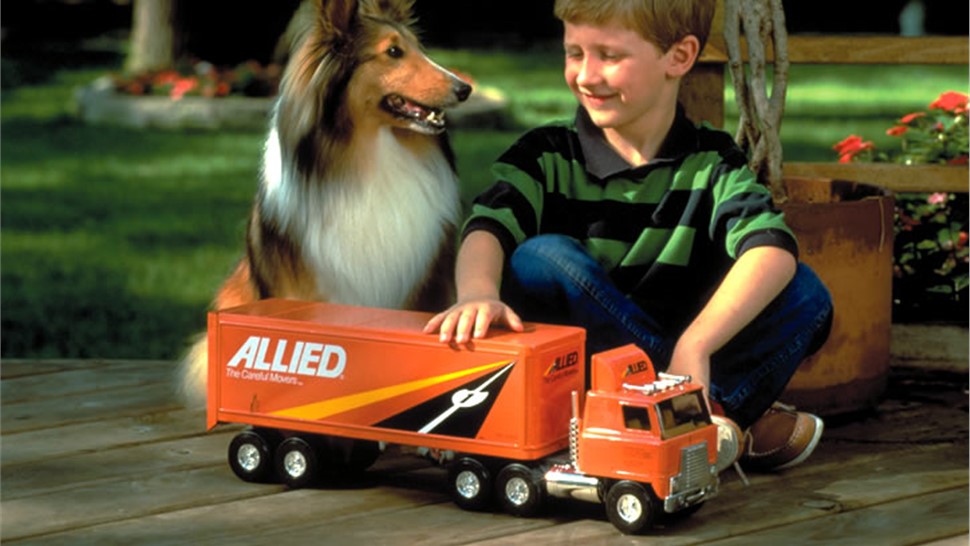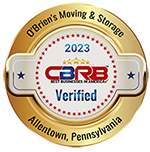Preparing For The Move
- Have a garage sale. Get rid of everything you don't need before you move.
- Get organized now. Don't wait until the last minute. Make a list of things you need to do and when.
- Set aside those items that you will be taking with you and clearly mark them as Do Not Pack.
- Arrange to close your accounts at your local bank and open accounts in your new hometown.
- Obtain a change-of-address kit from your post office or go to https://moversguide.usps.com
- Schedule house cleaning and other home services for the day after loading.
- Have your utilities shut off the day after loading (gas, electric, telephone, etc)
- Make your travel arrangements for the day after loading. In case of weather delays or other unforeseen problems, you wouldn't want to miss a flight or other travel-related appointment.
The Week Before The Move
- Drain the gas and oil from all your power equipment (lawnmower, edger, etc.)
- Make sure you are ready for the packers and movers. Don't forget to do the laundry, wash the dishes, pack your suitcases, and disconnect computers, and stereos.
- Before the moving truck leaves for your destination, give the driver your phone numbers where you can be reached. It is also a good idea to get the driver's cell phone number.
Items That Can't Be Moved With A Mover
- Flammable Items
- Combustible Items
- Aerosol cans
- Hazardous Materials
- Gasoline
- Plants
- Paints
- Ammunitions and Explosives
- Jewelry
- Legal Documents (wills, financial papers, insurance documents, etc.)
Moving With Kids
- Tell your children about the move as soon as possible, so they don't hear about it by accident.
- Talk with them sharing the details you think they'll understand... Ask and listen to their reactions.
- Teens react differently than smaller children.
- Involve your children in all aspects of the move. If possible, include them in the house hunting, planning the move, and other tasks that they can accomplish.
- Have children help pack a special box with their most treasured items. Let them decorate their boxes so they can be quickly identified.
- Ask for their input on decorating or arranging things in their new room.
- Encourage your children to take time to say goodbye to friends and maintain ties by exchanging contact information.
- Make plans to continue your child's current activities (such as Scouts, sports, dance classes, etc.) in your new community - continuing will make adjusting to the new location much easier.
Moving With Pets
- Before leaving, schedule a veterinary exam to check your pet's health, obtain copies of vaccination records and a health certificate (if required), update identification tags, and discuss a tranquilizer or precautionary measures for the trip.
- If traveling by car, make sure to get your pet comfortable with auto travel by taking it on short trips around the neighborhood.
- Don't feed your pet for seven hours prior to your trip, pack a container of fresh, cool water, and stop frequently for walks.
- If stopping at a hotel overnight, make sure the hotel allows pets. Never leave your pet in the car alone.
- Birds and small pets such as hamsters can travel in their cages if the cage can be placed in a stable, well-ventilated area free of drafts (covering the cage while the car is moving often calms an animal).
- If traveling by air, contact the airline well in advance to check regulations and services.
- Consider direct flights to minimize the amount of time your pet will be confined.
- Select a portable air-transport kennel that's large enough for your pet to stand and move around a bit.
- Let your pet get accustomed to the kennel well in advance of the trip.
- Don't forget to mark the kennel with "Live Animal", your pet's name, your new address and phone number, and any special handling instructions.
- After boarding your plane, ask the flight attendant to confirm your pet has been loaded onto the plane.






